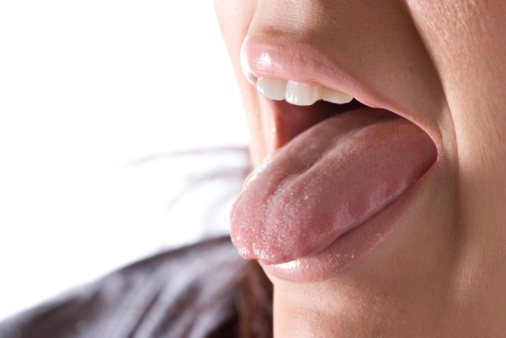
Although Parkinson’s disease commonly affects the elderly, the symptoms of this condition may develop by the age of 50. The clinical causes of this neural disorder has been associated with the central nervous system, in which nerve cells undergo cell death, thus decreasing the production of dopamine, a neurotransmitter that plays a major role in most body functions, including the control of one’s heart rate and blood pressure.
Current Treatment for Parkinson’s Disease Patients
Current treatment schemes for the symptoms of Parkinson’s include the administration of dopamine to replenish its low levels in the body. However, it is important to understand that although the use of dopamine may be initially effective, the continuous degeneration of nerve cells in the brain still continues, possibly surpassing the amount of supplemental dopamine taken on a daily basis. It is thus possible that dopamine treatment may eventually be ineffective in a patient with Parkinson’s disease, especially when this person progresses to a more severe stage of the disorder. Severe symptoms of Parkinson’s include involuntary twisting of the limbs and back, often disabling a person from performing routine tasks.
The Impact of Parkinson’s Disease
Based on the impact of Parkinson’s disease on an individual, physicians and scientists have thus aggressively engaged in establishing diagnostics tests that would help in identifying symptoms of Parkinson’s early on. The current approach in diagnosing this disorder includes a clinical assessment of the patient, checking the characteristic features of the disease. Because most of the symptoms of Parkinson’s become obvious at a later stage of the disease, the chances of treatment may thus be lower or ineffective.
The Recent Medical Report – The Saliva Test
According to a recent medical report published in the journal Translational Neurodegeneration, a saliva test may be helpful in detecting Parkinson’s disease based on the presence of a protein called a-synuclein, which is produced by the brain and controls motor functions. The report explained that the amount of this protein is generally lower among Parkinson’s patients compared to healthy adults. The saliva test shows great promise in the medical field because this procedure is less invasive compared to the collection of cerebrospinal fluid for protein detection. In addition, the saliva test is relatively easy to perform because patients diagnosed with this neurodegenerative disorder often excessively produce excessive amounts of saliva, resulting in drooling in most patients.
RELATED READING: Cycling for Memory Health and Parkinson’s
The recent report also discussed that the effectiveness of the saliva test in testing for this neurodegenerative disorder is based on the fact that the salivary glands of a patient are stimulated to produce excessive amounts of saliva. This feature may be due to the erratic functioning of the nerves that stimulate the salivary glands. Other diagnostic tests are also being reviewed for their effectiveness in clinical diagnostics. Aside from the use of saliva, researchers are also looking into the use of blood and cerebrospinal fluid for testing of this neurodegenerative disorder. If the results of these studies prove that these new tests are reliable and safe, then these might eventually be simultaneously used with neuroimaging tests such as computerized tomography (CT) and x-rays. There is also some chatter about using genetic tests in diagnosing this disorder.